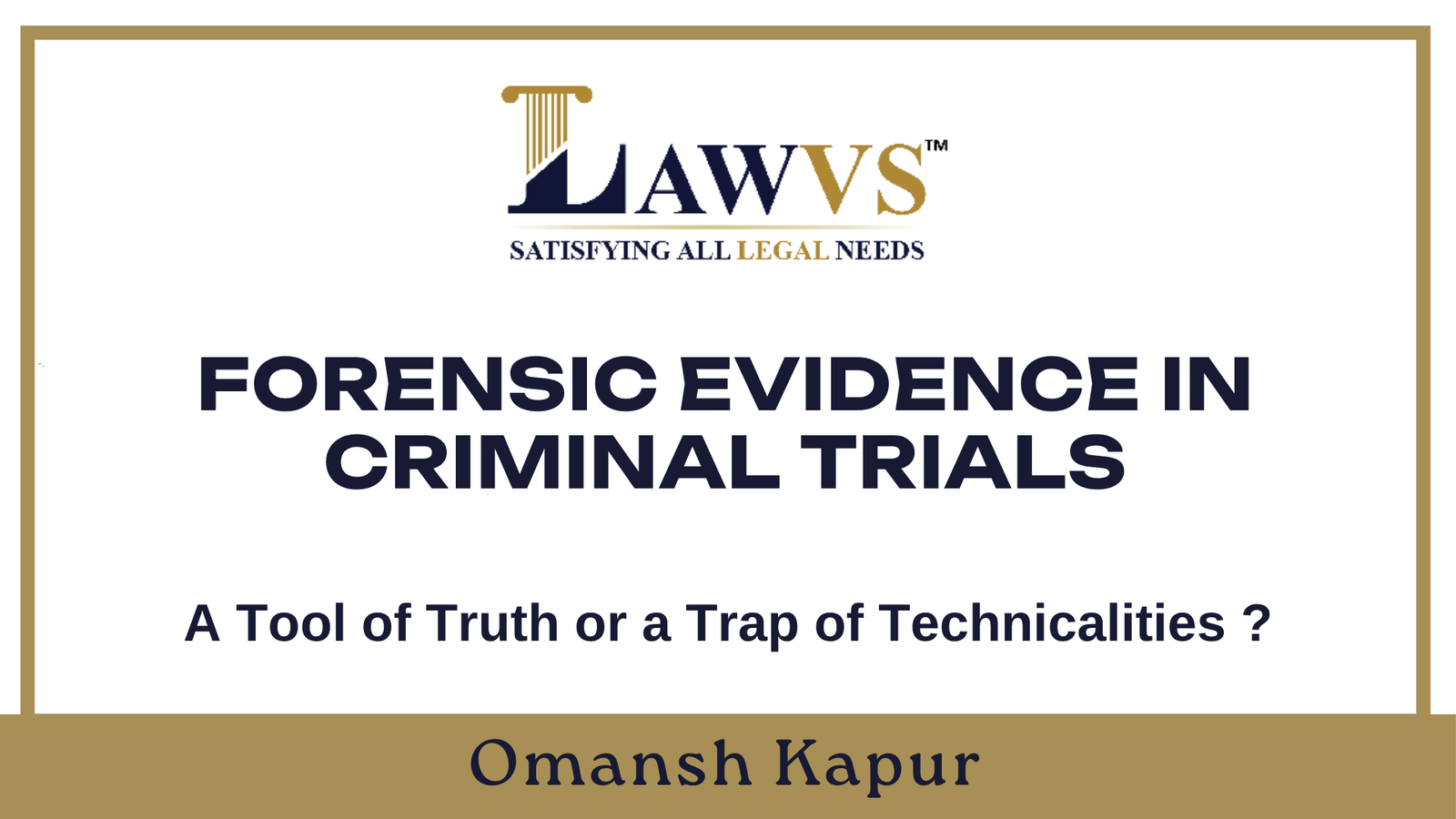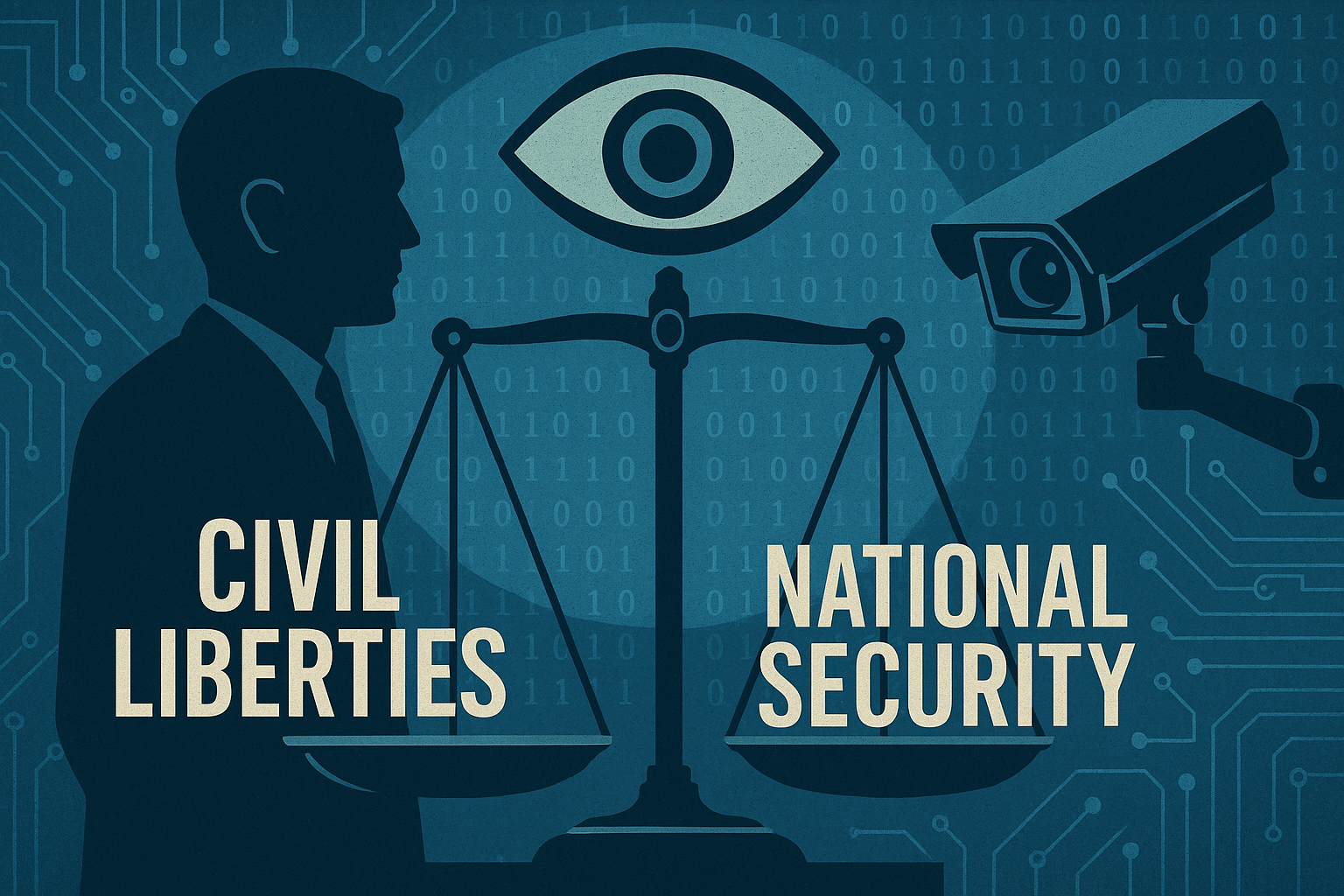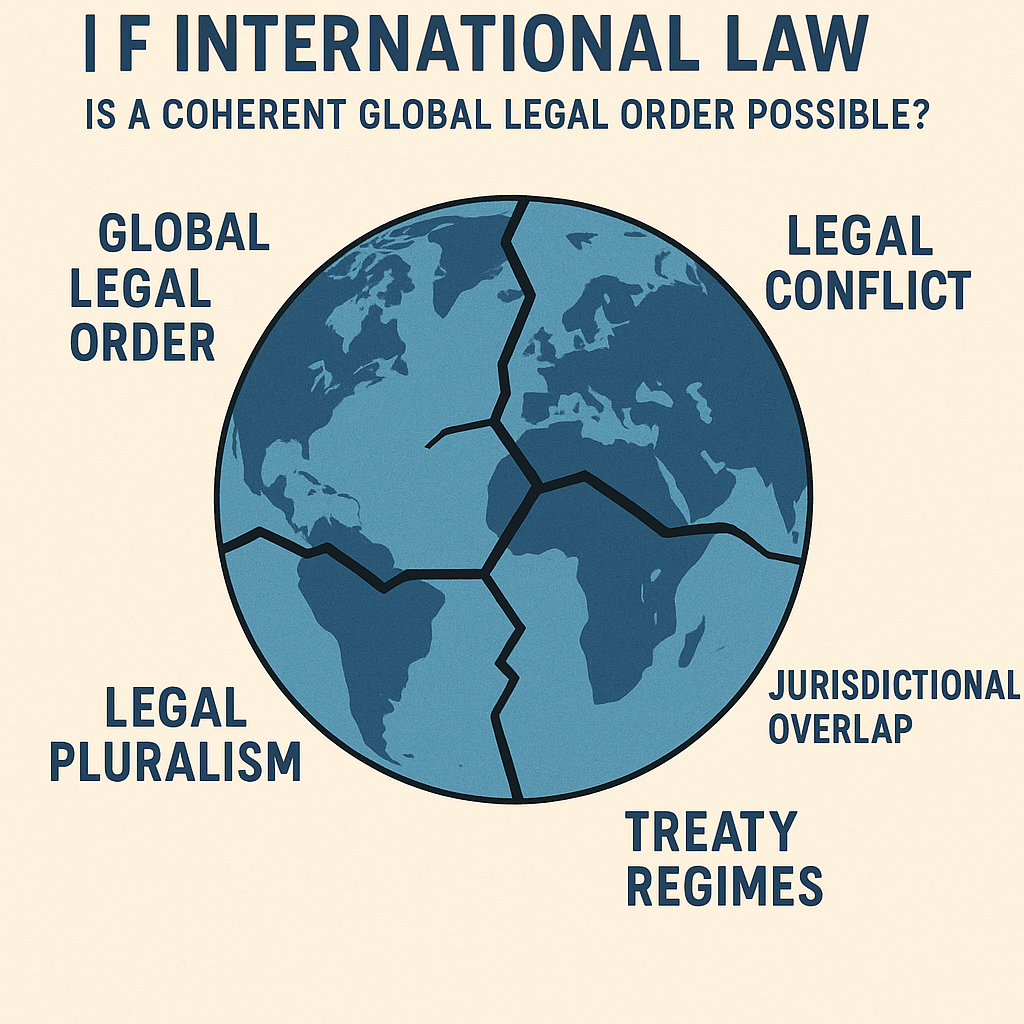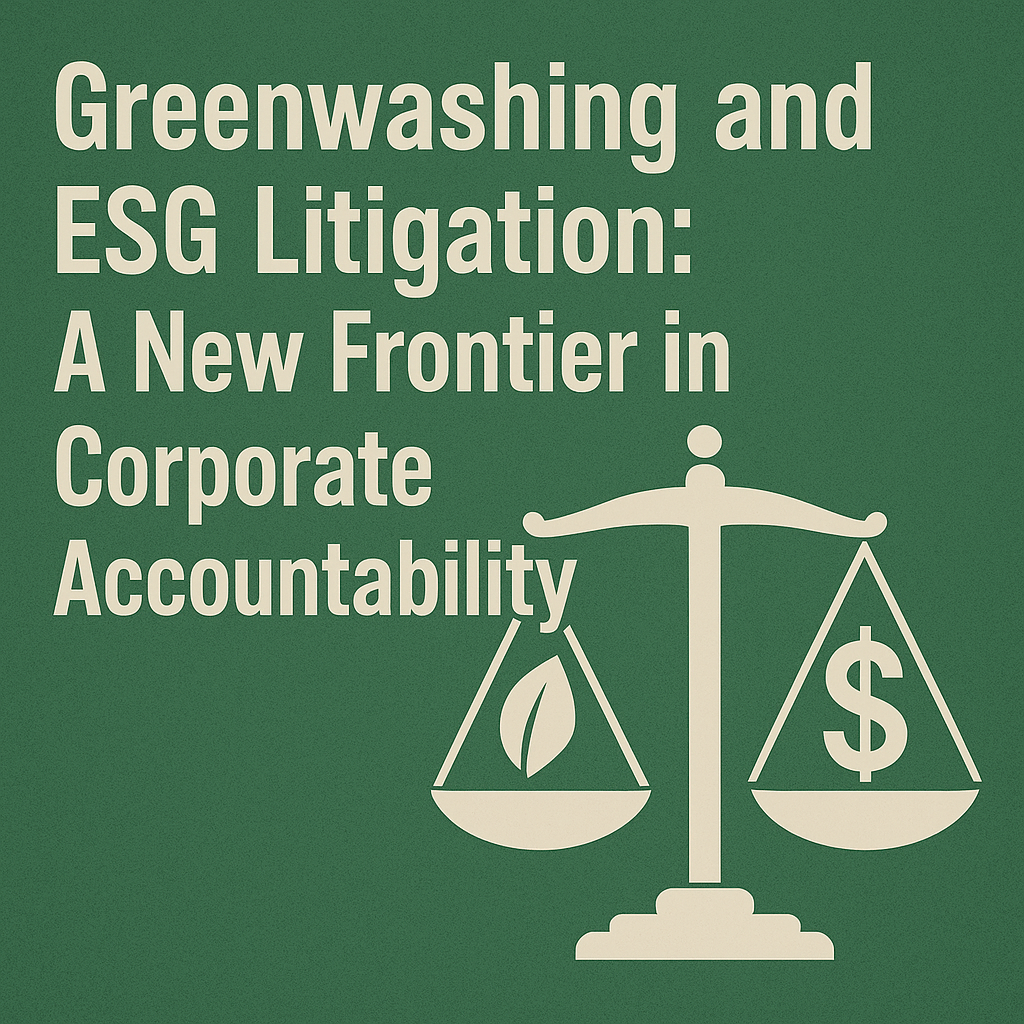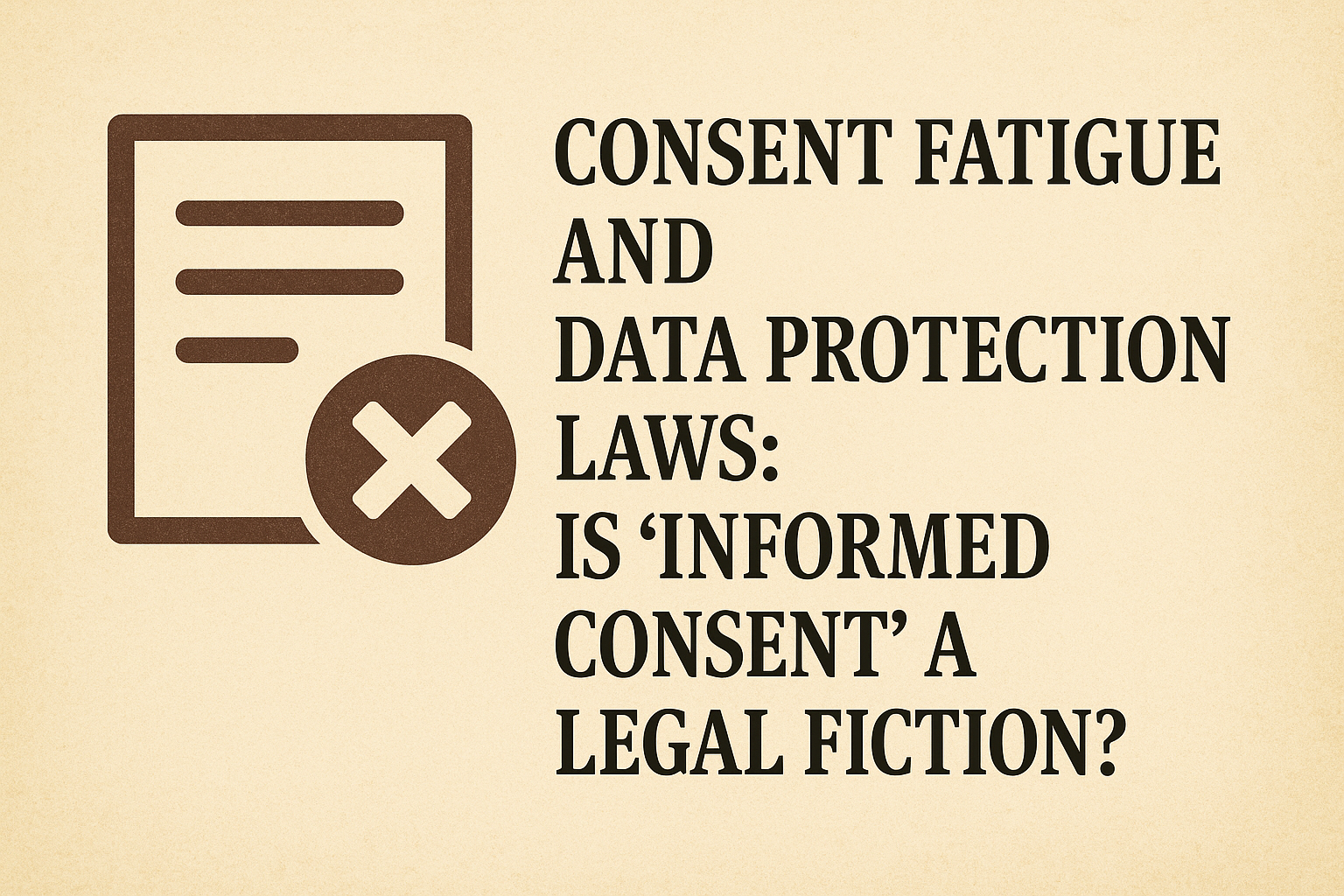The Role of Forensic Evidence in Criminal Trials: A Critical Analysis
Introduction
Forensic evidence has become a cornerstone of modern criminal trials. It encompasses scientific methods and techniques used to collect, analyze, and present physical evidence in a court of law. The advent of forensic science has revolutionized the criminal justice system by providing objective data that can corroborate or challenge witness testimony, establish the presence or absence of suspects at crime scenes, and ultimately influence verdicts. However, despite its growing importance, forensic evidence is not without controversy. This article critically analyzes the role of forensic evidence in criminal trials, assessing its strengths, limitations, and the broader implications for justice.
Importance of Forensic Evidence in Criminal Trials
Forensic evidence offers a seemingly objective means of establishing facts in a trial. Techniques such as DNA analysis, fingerprint identification, ballistics, toxicology, and digital forensics provide scientific data that can be pivotal in determining guilt or innocence. DNA evidence, for example, is widely regarded as the “gold standard” for linking suspects to crime scenes or victims due to its high degree of accuracy.
Courts rely on forensic evidence because it can:
-
Corroborate or refute eyewitness testimony.
-
Help establish timelines and reconstruct crime scenes.
-
Identify or eliminate suspects.
-
Provide compelling evidence to juries and judges.
In many cases, forensic evidence has led to the conviction of the guilty and exoneration of the innocent, thereby strengthening the pursuit of justice.
Critical Challenges and Limitations
Despite its value, forensic evidence is subject to several challenges that can undermine its reliability and impact on criminal trials.
-
Human Error and Bias
Forensic analysis involves human interpretation, which can be prone to error and cognitive bias. Analysts may unconsciously favor results that align with prosecutorial theories, a phenomenon known as confirmation bias. -
Variability in Scientific Validity
Not all forensic methods are equally reliable. While DNA analysis is scientifically robust, other techniques like hair comparison, bite mark analysis, or certain types of pattern recognition have come under scrutiny for lacking standardized protocols and sufficient empirical validation. -
Contamination and Preservation Issues
Evidence collection and preservation are critical. Contaminated or improperly handled evidence can lead to false results or loss of key information. -
Legal Misunderstanding and Overreliance
Courts and juries sometimes overestimate the infallibility of forensic evidence, a phenomenon dubbed the “CSI effect.” This can result in undue weight given to forensic evidence without proper consideration of its limitations. -
Access and Inequality
Not all defendants have equal access to forensic testing, which can exacerbate disparities in legal outcomes. Public defenders may lack resources to challenge or obtain forensic analysis effectively.
Forensic Evidence and Judicial Decision-Making
Judges and lawyers play a crucial role in evaluating forensic evidence. The admissibility of such evidence is governed by legal standards intended to ensure scientific validity and relevance (e.g., the Daubert standard in the U.S.). However, the complex scientific nature of forensic evidence often makes it difficult for legal practitioners without scientific backgrounds to critically assess its reliability.
Expert witnesses serve to bridge this gap by interpreting forensic findings for the court. Yet, the credibility and impartiality of experts can vary, influencing how evidence is presented and perceived.
Impact on Trial Outcomes
The presence of forensic evidence can significantly affect trial outcomes. Convictions are often secured when forensic evidence strongly implicates the defendant. Conversely, the absence or discrediting of forensic evidence can result in acquittals or case dismissals.
Moreover, forensic evidence has been instrumental in post-conviction reviews and exonerations through initiatives like the Innocence Project, which uses DNA testing to overturn wrongful convictions.
Forensic evidence undeniably enhances the ability of the criminal justice system to resolve cases based on scientific data. Its integration into trials marks a significant advancement from solely relying on witness testimony and circumstantial evidence. However, this analysis reveals that forensic evidence is not infallible. It requires careful scrutiny regarding its scientific foundation, the potential for human error, and the fairness in its application.
To ensure justice, legal systems must continue improving standards for forensic practices, educate judges and jurors about the strengths and limitations of forensic science, and guarantee equitable access to forensic resources. Only through such measures can forensic evidence fulfill its promise as a tool for truth rather than a source of miscarriage of justice.
